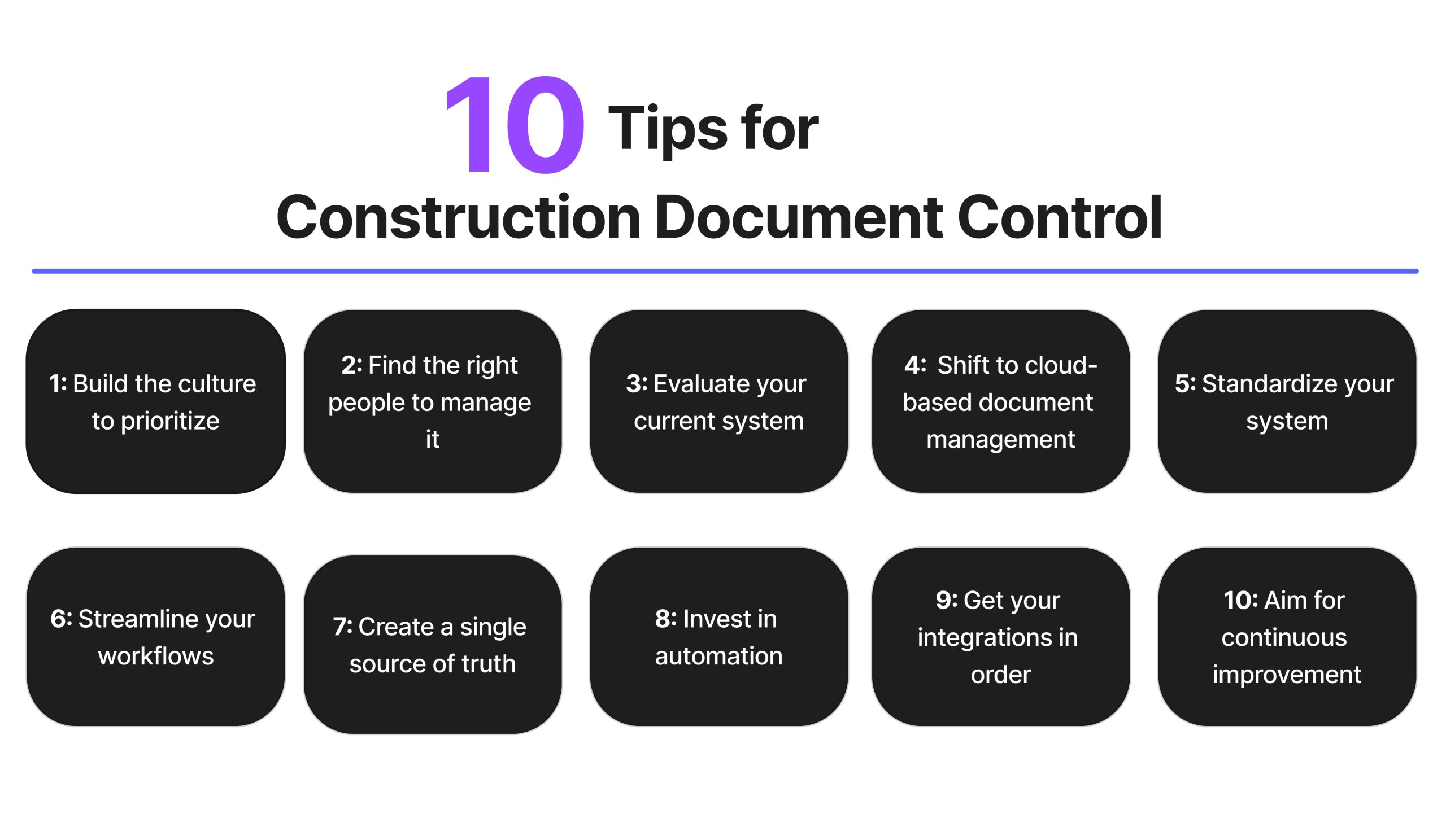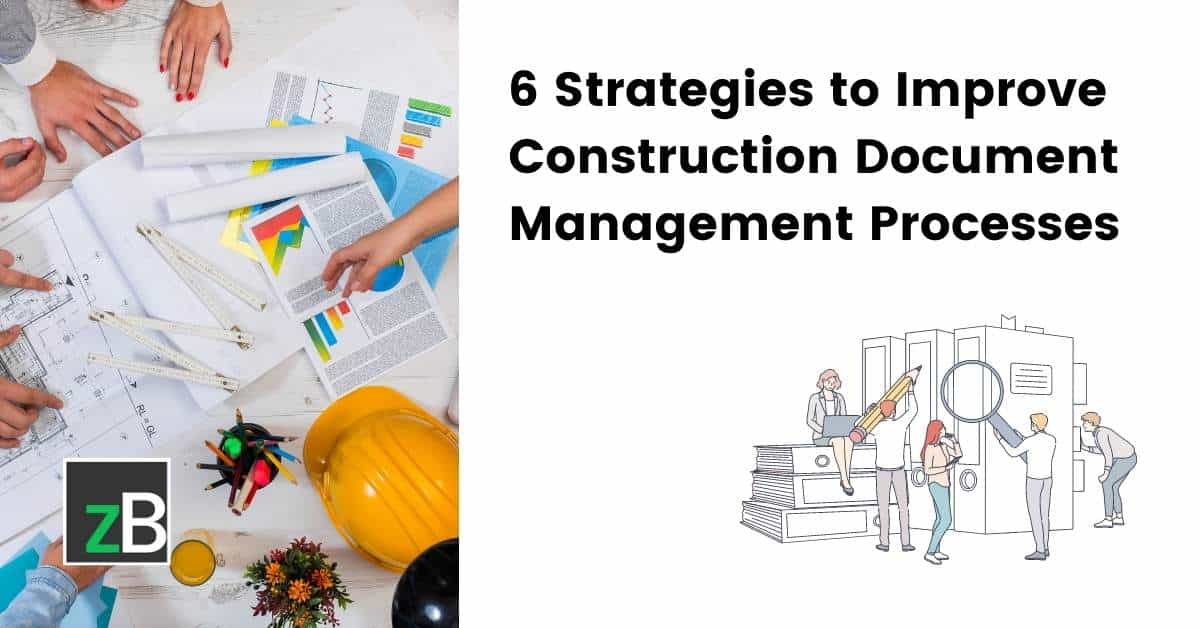Enhancing Operations Effectiveness: Designer's Professional Methods for Building Paper Administration
In the world of architectural design and construction, the precise management of records stands as a keystone for task success. These approaches not just guarantee smooth job progression however also hold the essential to opening improved efficiency and precision in the complex realm of building paper administration.
Secret File Organization Techniques
When managing construction documents, one of the key strategies that engineers use is developing a organized and effective organization system. This system typically entails classifying papers based upon their kind, such as illustrations, specs, contracts, and permits. By creating clear and distinct groups, designers can rapidly locate particular information when required, saving time and reducing errors in the building and construction procedure.
Within each category, engineers even more arrange documents by developing subfolders or using numbering systems to signify revisions or variations (construction document management). This ordered structure makes certain that the most pertinent and present information is conveniently obtainable while maintaining a record of adjustments made throughout the project timeline
Additionally, engineers frequently use electronic document management platforms that use attributes like keyword search features, variation control, and access restrictions to improve company and partnership amongst task stakeholders. These devices streamline the file retrieval procedure, advertise real-time updates, and facilitate seamless interaction, eventually adding to the total success of the construction job.
Collaborative System Integration
To optimize paper administration efficiency in construction projects, engineers flawlessly incorporate collective platforms to enhance communication and simplify control amongst job stakeholders. By leveraging collaborative platforms such as task administration software application, cloud-based storage systems, and communication devices, designers can produce a centralized hub for all project-related records and interaction channels. These platforms allow staff member to access, evaluation, and work together on papers in real-time, lowering delays and the risk of errors connected with conventional record monitoring approaches.
Collective system combination also fosters openness and responsibility within the project group, as all stakeholders have visibility right into the most recent job updates and revisions. By streamlining communication and paper sharing, architects can make sure that all employee are working from one of the most current info, lessening the possibilities of conflicts or misconceptions emerging due to out-of-date records.
Additionally, collective systems make it possible for smooth collaboration between designers, service providers, clients, and other job stakeholders, promoting a much more reliable and natural project workflow. By breaking down communication obstacles and assisting in details exchange, architects can drive productivity and development in building jobs, eventually causing effective task end results.
Version Control Best Practices
Carrying out efficient variation control practices is important for keeping record accuracy and consistency in construction jobs. By establishing a clear system for managing modifications, project teams can make certain that every person is working from the most up-to-date documentation, decreasing the risk of errors and inconsistencies during the construction phase.
One of the essential best practices for variation control is to designate special identifiers to every file version. This can be achieved by utilizing a numbering system or date stamp that plainly suggests the order of modifications. By clearly classifying each model, staff member can quickly track the progression of the file and identify one of the most current version.

Automation Devices for Efficiency

Paper control software program, like Procore Discover More Here or PlanGrid, systematizes project documentation, making it quickly available to all stakeholders. These systems permit for real-time cooperation, version control, and automated backups, protecting against data loss. Furthermore, Structure Info Modeling (BIM) software program automates the generation of construction see this site drawings and ensures that modifications are synchronized across all associated papers.
Incorporating automation devices with cloud storage space remedies better boosts accessibility and security. By automating the file management process, job groups can concentrate their effort and time on value-adding activities, eventually boosting performance and task end results.
Secure Information Management Solutions
Efficiently taking care of and protecting project data is paramount in the building and construction industry to make sure confidentiality and stability throughout the project lifecycle. Building companies can use encrypted cloud storage space services to safely share and save project papers with authorized workers.
Furthermore, using electronic legal rights monitoring (DRM) tools includes an extra layer of safety by preventing the unauthorized circulation or replication of job documents. Routine data backups are essential to alleviate the threat of data loss because of unforeseen scenarios like hardware failures or cyber-attacks. Joint systems with built-in protection features enable seamless communication and data sharing amongst task group members while maintaining data stability.
Verdict
To conclude, executing crucial record company strategies, incorporating collaborative platforms, practicing variation control ideal practices, utilizing automation tools, and embracing safe and secure information monitoring solutions are vital methods for boosting workflow go to website efficiency in construction file administration. These skilled methods can simplify procedures, boost interaction, make certain precision, and keep information safety throughout the building job lifecycle.
In the world of building style and construction, the careful management of records stands as a cornerstone for project success. These strategies not only ensure smooth project progression yet additionally hold the crucial to opening improved efficiency and precision in the detailed realm of construction record administration.
To optimize record administration efficiency in building and construction projects, engineers effortlessly integrate collective platforms to improve communication and enhance coordination amongst job stakeholders. These systems enable group members to accessibility, evaluation, and collaborate on papers in real-time, decreasing hold-ups and the risk of mistakes connected with traditional paper management approaches.
Utilizing automation devices in building record administration significantly boosts efficiency and simplifies processes for job groups. construction document management.